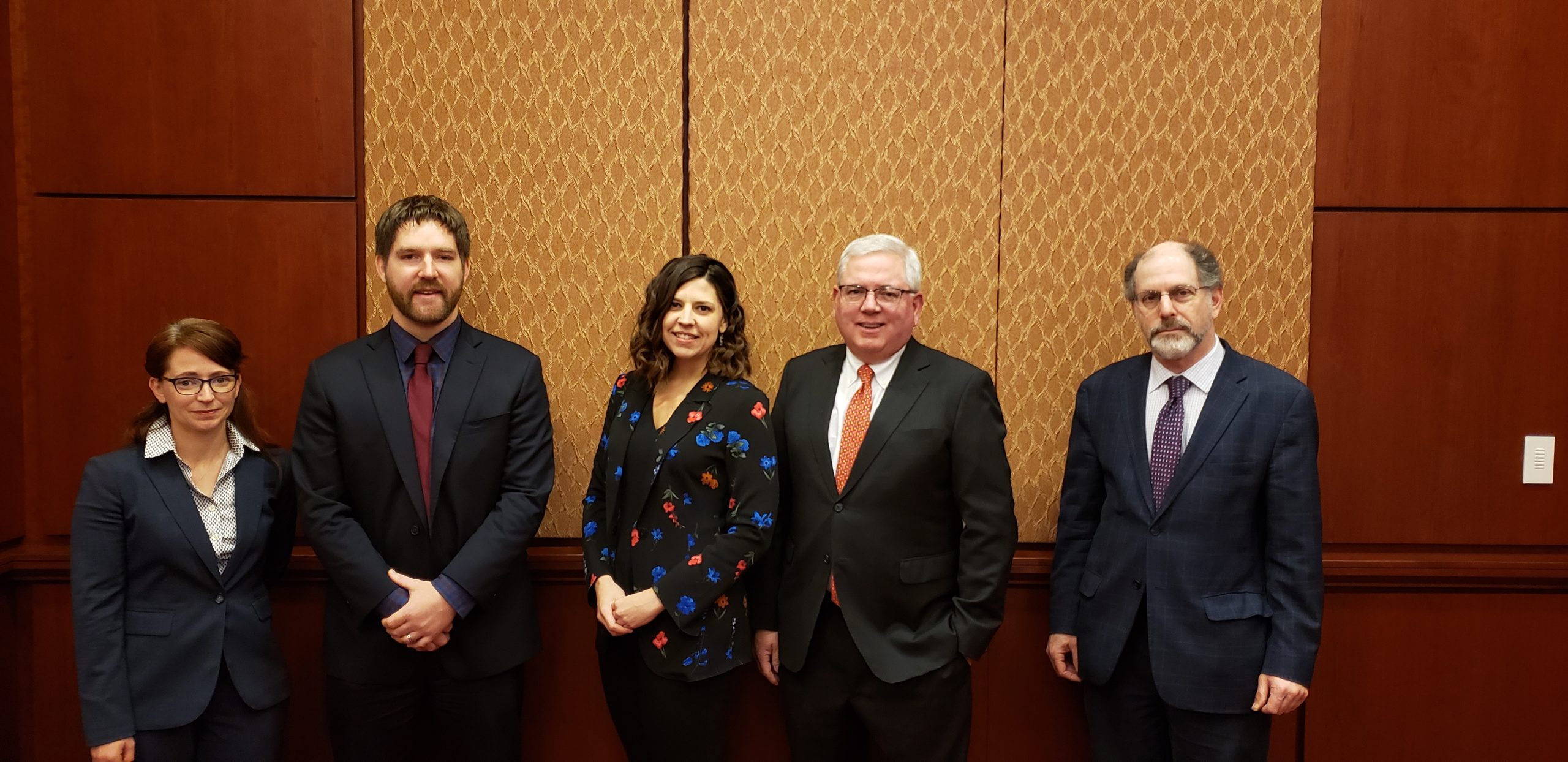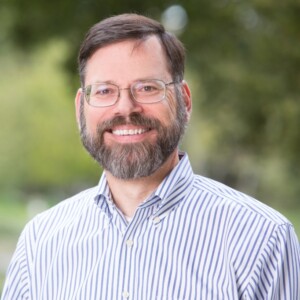Keystone Hosts Dialogue on the Fate of Nuclear Power in Carbon-Free Energy Future

Nuclear power provides over 50 percent of carbon-free energy in the United States. But as renewables and natural gas become increasingly cost-competitive and some policymakers push for a 100 percent renewable energy future, the fate of conventional nuclear and the existing nuclear power fleet is unclear. Scientists, policymakers, and energy analysts are debating the economics of nuclear energy and how nuclear policy should fit into a “carbon-free” energy future. With this backdrop, Keystone Policy Center partnered with Our Energy Policy to host a panel discussion Dec. 10 entitled The Fate of Nuclear Power: How Does Conventional Nuclear Power Fit into a Carbon-Free Energy Future?
Jessica Lovering, a fellow at the Energy for Growth Hub, moderated the discussion. Participants in the panel featured:
- Jackie Kempfer, policy advisor for Third Way’s Climate and Energy program.
- Edwin Lyman, acting director, Nuclear Safety Project, Union of Concern Scientists
- Jeffrey S. Merrifield, partner, Pillsbury, Winthrop, Shaw, Pittman LLP
- Devin Hartman, president & CEO, Electricity Consumers Resource Council
In the last decade, seven nuclear power plants have closed prematurely, and another 12 are scheduled to close in the next five years. These closures not only have significant impacts on local economies, but also on air quality and carbon emissions.
“Carbon-free nuclear energy is the foundation upon which clean energy growth is built, and that foundation is crumbling,” said Kempfer.
The panel discussed two pieces of legislation addressing nuclear energy and plants. S. 2368, the Nuclear Energy Renewal Act, was introduced by Sen. Chris Coons (D-Del.) and aims to improve the economic viability of existing nuclear power plants by investing $755 million annually in innovation across computing, advanced light-water reactors fuels, new materials and waste processes, and training programs for the future nuclear workforce. The Nuclear Power America Act, introduced in the Senate by Sens. Ben Cardin (D-Md.) and Kevin Cramer (R-N.D.), and in the House by Rep. Darin LaHood (R-Ill.), would make existing nuclear power plants eligible for a 30 percent investment tax credit.
The panelists also discussed balancing safety and regulation with Merrifield pointing out that nuclear plants are safer than they’ve ever been. Lyman agreed but stressed that safety and security should never be compromised in service of ensuring that the nuclear energy remains viable.
“We can’t compromise on nuclear safety and security because if we do, we sacrifice the reliability of that resource in the future,” said Lyman.
Determining whether nuclear power is economically viable was also examined by the panel. The answer is not so simple because factors vary so much across the country depending on state and regional policy and prices, plant size and capacity, and other factors. Similarly, compensating nuclear energy’s carbon benefits in the markets is difficult because patchwork state policies supporting nuclear and subsidies for other sources keep the market far from “pure.”
With this event featuring a timely, in-depth discussion, and strong audience attendance, Keystone will examine possibility of hosting future discussions on issues related to our work.
Note: Keystone Policy Center takes no position on nuclear power. It does not advocate for or against any particular energy policies. This discussion focused on conventional nuclear energy under the assumption that it will continue to be part of the nation’s resource mix so that panelists could focus on the nuances of the economics of conventional nuclear power, rather than debating the pros and cons of nuclear energy overall.







 Login
Login



